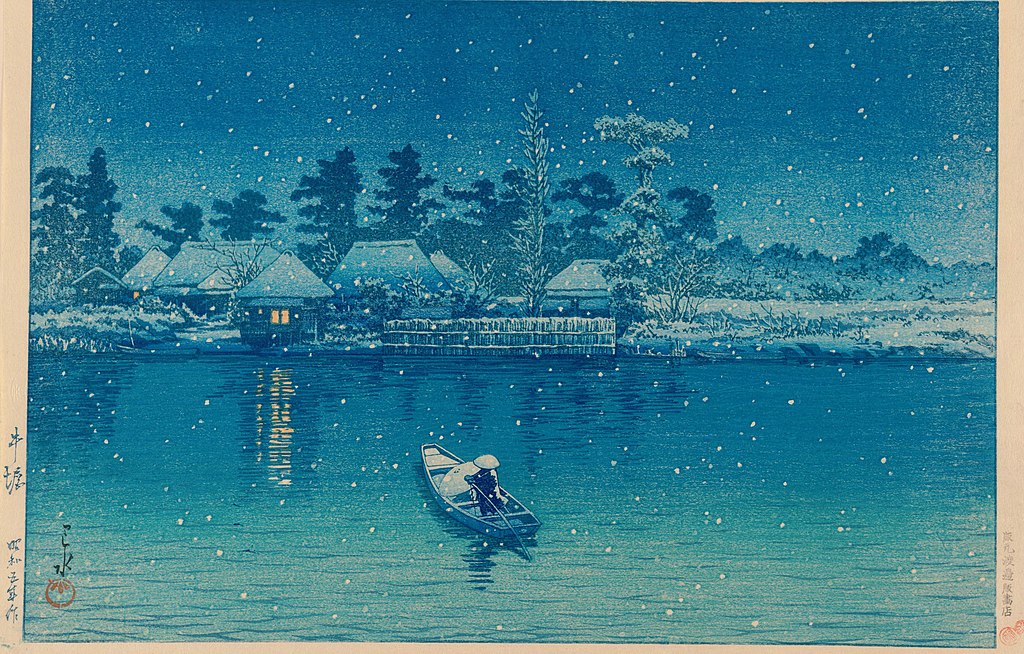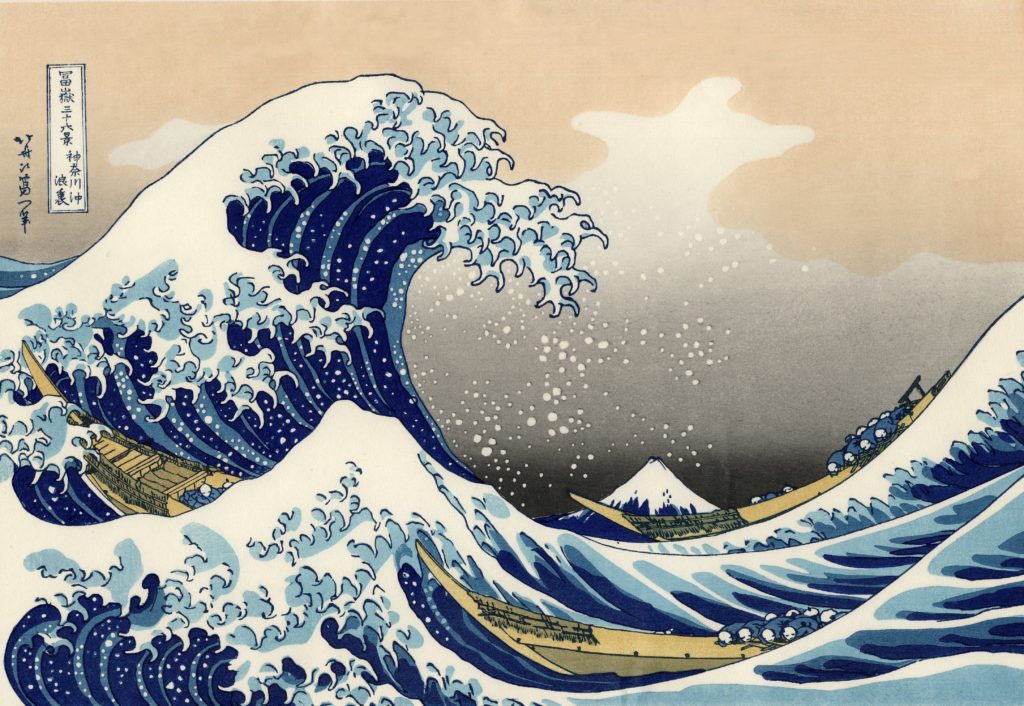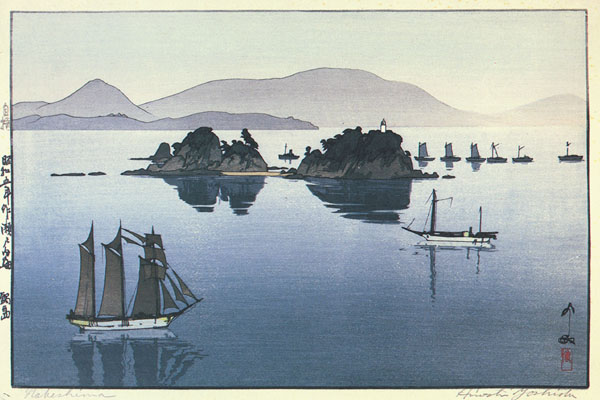What is the difference between ukiyo-e and shinhanga?
Among Japanese art, “ukiyo-e”, which was very popular around the Edo period, is still very popular. The techniques of artists such as Kitagawa Utamaro (?-1806), Katsushika Hokusai (1760-1849), and Utagawa Hiroshige (1797-1858), at the time had a great influence on Impressionism and Post-Impressionism in the West.
Related Post: What influence did the Great Wave off Kanagawa have on Van Gogh?
Ukiyo-e had a strong meaning as a mass media.
Shinhanga, on the other hand, flourished from the Meiji period to the early Taisho period, when ukiyo-e was disappearing from the world. It was created by publisher Watanabe Shozaburo (1885-1865), who lamented the disappearance of ukiyo-e, and many masterpieces and artists were born.
Shinhanga was also created by the artist drawing the sketch, the engraver carving the block, and the printer printing. However, the content of the pictures is different. It has a more painterly feel than ukiyo-e. This new type of woodblock print was a new era of woodblock prints that incorporated modern sensibilities in composition and color, using the traditional method of division of works. Ukiyo-e landscape paintings depicted famous places such as Mt. Fuji, but shinhanga works often depicted ordinary Japanese landscapes.
Since Watanabe Shozaburo established shinhanga as a project to sell overseas, his work emphasizes Japanese culture and has many works with calm colors.
Related Post: What is the first shinhanga work?
Related posts:
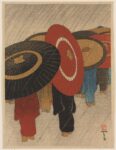 What is the first shinhanga work?
What is the first shinhanga work?
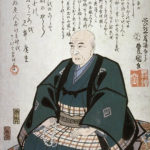 Utagawa Hiroshige: biography and woodblock print artworks
Utagawa Hiroshige: biography and woodblock print artworks
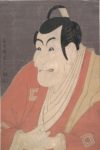 Artist Toshusai Sharaku’s kabuki ukiyo-e art print and reprints for sale
Artist Toshusai Sharaku’s kabuki ukiyo-e art print and reprints for sale
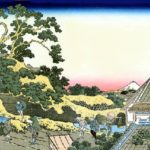 Katsushika Hokusai’s, ‘Surugadai in the Eastern Capital’ landscape ukiyo-e art
Katsushika Hokusai’s, ‘Surugadai in the Eastern Capital’ landscape ukiyo-e art
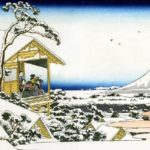 ‘Tea house at Koishikawa, the Morning after a Snowfall’ by Katsushika Hokusai
‘Tea house at Koishikawa, the Morning after a Snowfall’ by Katsushika Hokusai
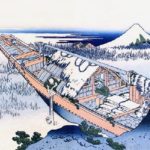 Mt. Fuji art, Ushibori in Hitachi Province by Katsushika Hokusai
Mt. Fuji art, Ushibori in Hitachi Province by Katsushika Hokusai

